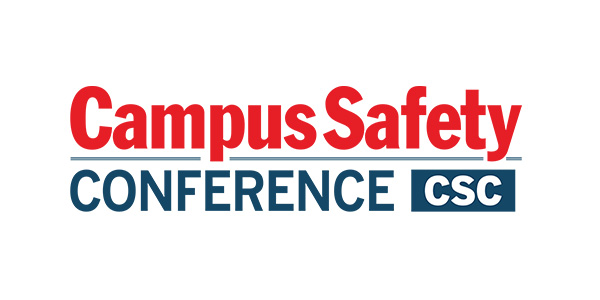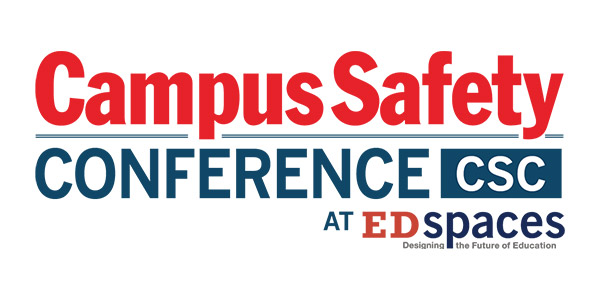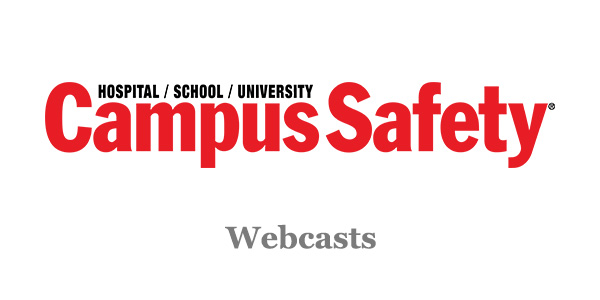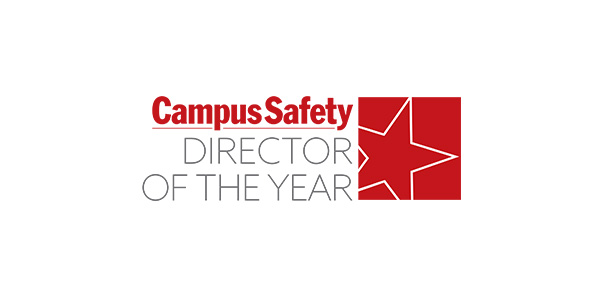As artificial intelligence (AI) transforms how we live, learn, and work, education faces a dual responsibility: ensuring digital safety and preparing students with the AI fluency required to thrive in tomorrow’s workforce.
Today, more than one-third of U.S. college-aged adults use tools like ChatGPT regularly for writing, brainstorming, and studying. But while usage has surged, education around responsible and ethical AI use hasn’t kept pace.
Without structured guidance, students risk over-relying on AI-generated content, diminishing their critical thinking skills, or unintentionally spreading misinformation. For higher education institutions, this presents both a challenge and an opportunity: the challenge of addressing knowledge gaps, and the opportunity to lead on digital citizenship and AI literacy.
The Case for AI Literacy
AI is no longer a futuristic concept—it is now an integral part of nearly every profession. From healthcare and education to business and entertainment, AI-powered analytics and generative tools are embedded across sectors. Students must learn to understand, evaluate, and interact with these technologies thoughtfully. This means going beyond awareness.
Institutions must build AI literacy—equipping students with the skills to critically understand how AI systems work, evaluate the credibility and accuracy of AI-generated content, identify bias in algorithms and data sets, and apply AI tools in discipline-specific contexts with ethical insight.
This foundational knowledge empowers students to become responsible digital citizens—aware not only of the benefits of AI, but also of its limitations, implications, and risks.
Understanding the Risks of Unchecked AI Use
AI isn’t just a productivity tool. It carries significant ethical and safety considerations. Hallucinated facts, algorithmic bias, impersonation, cheating, and misuse of sensitive data are just a few examples of what can go wrong without guardrails.
On campus, AI misuse has real-world safety implications. Privacy violations may occur when AI tools capture and store sensitive student information. Generative tools used irresponsibly can spread misinformation or be employed for impersonation or surveillance. These issues can lead to psychological stress, reputational damage, and a loss of trust.
RELATED: AI in School Security: Empowering Understaffed Districts Amid Growing Threats
Additionally, AI bots or automated systems—especially those operated or manipulated by malicious actors like foreign entities (e.g., Russian bot networks)—can be used to amplify, distort, or manipulate information online. This is not hypothetical; it’s been observed in real-world contexts, including elections, social discourse, and public health. The potential for such misuse to target or impact campus communities only strengthens the case for proactive, critical AI education.
As a result, AI fluency must be viewed as an essential component of student safety—just like cybersecurity awareness or mental health support. Embedding AI education into campus life is no longer optional.
Building AI Literacy Skills for a Smarter Workforce
To prepare tomorrow’s workforce for an increasingly AI-powered economy, institutions must take a layered approach to AI education—equipping students not just to use these tools, but to understand, question, and improve them. That includes:
- Demystifying AI concepts: Introduce basic AI principles with real-world examples across disciplines (e.g., AI in healthcare diagnostics, predictive policing, business analytics).
- Prompt engineering and evaluation: Teach students how to craft inputs that yield quality output, assess content for bias or error, and adjust prompts accordingly.
- Productivity with a purpose: Encourage the ethical use of tools like ChatGPT or Microsoft Copilot for writing, coding, analysis, and creative tasks—emphasizing transparency and privacy.
As an example, a pre-law student might explore how predictive algorithms are shaping sentencing decisions, while an education major could examine how AI tutors adapt to different learning styles. These applications show students how AI intersects with their future careers—and how to use it responsibly.
Career and Technical Education (CTE) programs can also play a critical role in this effort, offering practical, career-aligned pathways for students to gain technical fluency and apply AI skills in real-world contexts. By integrating AI-focused coursework into CTE offerings, educators can ensure graduates are prepared not just for today’s job market—but for the rapidly evolving demands of tomorrow’s workforce.
Fostering Deep Learning and Critical Thinking
Used properly, AI can do more than just automate tasks—it can deepen learning and inspire creativity. AI-generated insights can help students ask better questions, uncover patterns in research, and approach assignments from new angles. When trained in prompt engineering and ethical evaluation, students learn to co-create with AI—not as passive users, but as active critical thinkers and innovators.
Faculty, too, are increasingly integrating AI into teaching and assessment. By redesigning assignments to encourage students to analyze, critique, and build upon AI-generated content, instructors can move beyond rote memorization and emphasize higher-order thinking. For instance, instead of asking students to write a traditional essay, faculty may ask them to evaluate and improve an AI-generated draft, promoting not only writing skills, but digital discernment, reasoning, and originality.
AI is pushing a pedagogical shift: one that values curiosity, interdisciplinary problem-solving, and intellectual agility. These are the very traits students need to navigate a complex, rapidly changing world.
AI Literacy Matters for Campus Safety and Student Success
In the realm of campus safety, AI is increasingly used in surveillance and behavior recognition, crisis chatbots and mental health triage tools, and predictive analytics for risk detection. When used responsibly, these tools can support early intervention and resource allocation. But without transparency and safeguards, they can erode student trust, perpetuate bias, and create unintended harm.
RELATED: AI for School Safety: Strategic Applications Before, During, and After an Emergency
For example, mental health monitoring tools that analyze student emails or activity data may flag potential crises—but they also raise questions about consent, data use, and how decisions are made. AI literacy ensures that students understand how these tools operate and how to hold institutions accountable for ethical implementation. For campus safety and student well-being, that means AI education isn’t just a “nice-to-have.” It’s a critical component of digital citizenship.
Leading with Purpose
Higher education must take the lead in preparing students not just to use AI—but to understand, question, and shape its future. That means offering AI literacy courses across majors, embedding AI ethics into general education requirements, creating policies for responsible classroom AI use, supporting faculty in integrating AI meaningfully into teaching, and encouraging campus-wide conversations about technology, trust, and inclusion. AI doesn’t have to be scary or opaque. With the right guidance, it can be a tool for empowerment, insight, and creativity.
As AI transforms the academic and professional landscape, higher education can model thoughtful, inclusive, and innovative practices. By doing so, institutions not only prepare students to thrive—they protect their well-being and shape a more responsible digital future.
AI isn’t coming—it’s already here. The question is not if students will use it, but whether they will use it wisely. We don’t have to wait for AI to become perfect. It’s already shaping our campuses, our jobs, and our communities. Let’s ensure they’re equipped to lead—not follow—in the age of intelligent technology.
Velina Lee is General Manager, Career and Technical Education, at Vector Solutions.
NOTE: The views expressed by guest bloggers and contributors are those of the authors and do not necessarily represent the views of, and should not be attributed to, Campus Safety.







